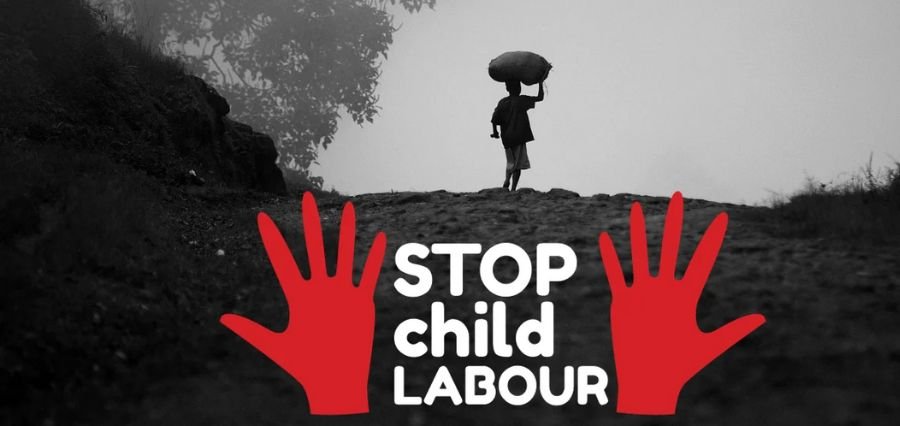Prime Highlights
- 2025 theme: “Progress is clear, but there’s more to do—let’s speed up efforts!”
- Although reducing globally, more than 138 million children remain locked in child labour, 54 million of whom in hazardous conditions.
Key Facts
- World Day Against Child Labour is every year on June 12, as declared by the International Labour Organization (ILO) in 2002.
- Global child labour has decreased by 20 million since 2020, but progress must accelerate 11 times to meet global goals.
- Agriculture remains the most affected sector, and Sub-Saharan Africa has the highest prevalence.
Key Background
World Day Against Child Labour is an international observance on 12th June every year to create awareness of the situation of children who toil and to urge more action for their protection. It was launched by the International Labour Organization (ILO) in 2002 as a call to eliminate all types of child labour and provide all children with education, protection, and opportunities for development.
The 2025 theme—”Progress is clear, but there’s more to do—let’s speed up efforts!”—acknowledges the progress made around the world but also emphasizes that the pace of progress is much too slow in order to achieve the goal of ending child labour by 2025 according to the United Nations Sustainable Development Goals (SDGs).
According to the most recent global estimates made jointly by the ILO and UNICEF, an estimated 138 million children are in child labour today. Of these, nearly 54 million labour in dangerous conditions that threaten their health, safety, or their moral upbringing. Although international efforts have resulted in over 20 million fewer cases since 2020, this rate has to be driven eleven times higher in order to keep pace with international targets on schedule.
Agriculture remains the biggest industry using child labour, with about 61% of the total number of cases, followed by services and industry. Sub-Saharan Africa is still the region with the highest proportion of child labourers, with about two-thirds of the world’s total child labourers. On the other hand, in other regions such as Asia and the Pacific, child labour has decreased by half in the past two decades.
Gender inequalities also remain. Boys are more frequently reported in official statistics, but girls frequent clandestine types of child labour, e.g., unpaid domestic work, which is not systematically documented.
The ILO calls on all nations to ratify and apply international standards of labour, especially Conventions No. 138 (Minimum Age) and No. 182 (Worst Forms of Child Labour). More effective legal enforcement, social protection, quality education, and international cooperation will be needed to establish a world where no child is made to work.
Read More – Apple’s AI Upgrades Disappoint at WWDC 2025, Siri Overhaul Delayed to 2026







